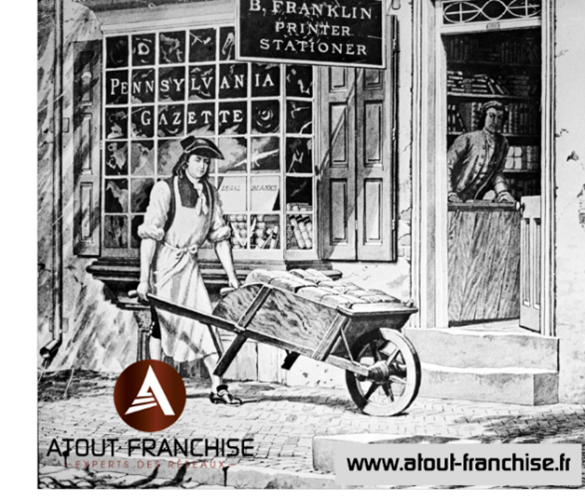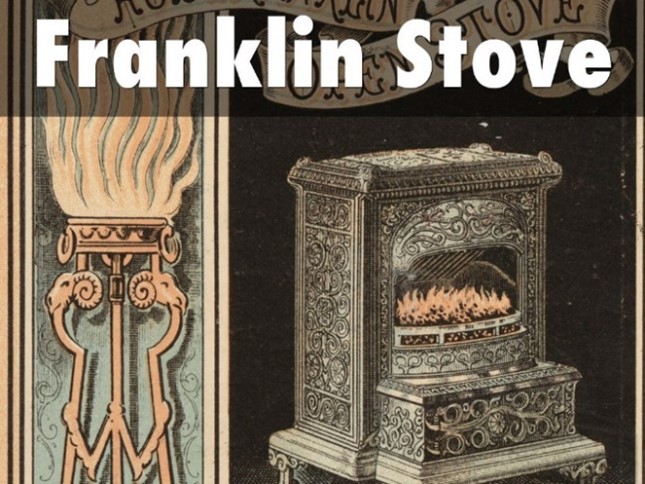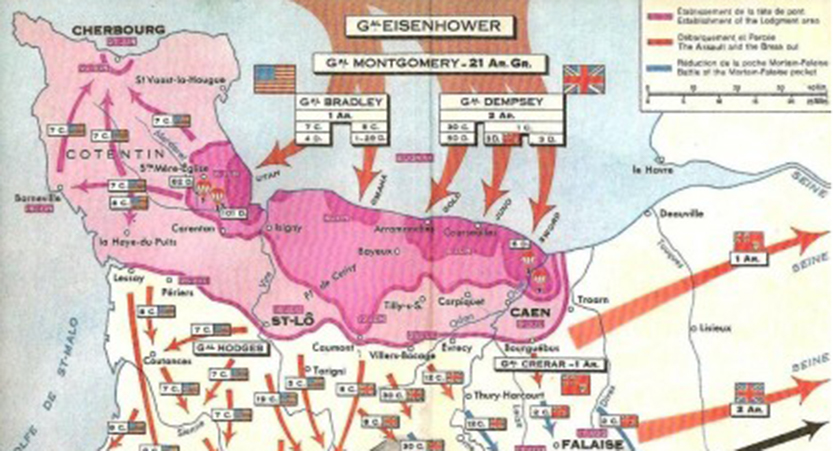Debra Mervyn/ The Mervyn Group
January 18, 2024
As described in our last article, many Elephants (risks and realities) in the Room are facing businesses in 2024. These are obstacles affronting the high-level strategy, mission, goals and objectives the organization intends to achieve. Tactical planning is one of the primary tools to plan for a great future while addressing the Elephants.
What happens when there are no tactics to implement the strategy?
Ever studied a battle without a battle plan? Leaders in battle have a strategy and tactical battle plan to win. Perhaps you are a volunteer in a nonprofit organization, with a noteworthy cause and goals and plenty of donor money. What did you experience? With no business organization, structure, roles and responsibilities, defined processes, the volunteers wander around like cats to shining objects, expending a lot of energy with little to show for it given the amount of funding.
Have you ever participated in a strategy and planning session with an employer? The company typically hires an expensive strategic planning consultant. After meeting in a room for several days a mission, vision, goals and objectives may be created, with lofty market share and innovation ideas. Left breathless by how much it costs for the strategy and planning session, the consultant leaves with the organization holding the bag of good ideas with no way to achieve them. Back to work, the strategy is forgotten, or the plan is not achieved. Management and employees wander in the desert to meet strategic goals, sucked up by daily activities and make no progress, when a tactical plan could have been easily developed as part of the strategy.
The pain really hits when one of those risks becomes reality, including regulations and taxation, work force quality and scarcity, continuing supplier and supply chain challenges and changes, crime and homelessness, and new geopolitical threats. The cost of firefighting is never weighed against carefully planning and executing a tactical plan to address the issue or risk.
Harvey, Sir John- 1863-1944 British Actor-Manager romantic actor of English theatre.
Planning is an unnatural process; it is much more fun to do something. The nicest thing about not planning is that failure comes as a complete surprise, rather than being preceded by a period of worry and depression.
What is a Tactical Plan?
Tactics are based on concrete actions and steps to implement that support strategy and address issues and risks. Strategy is a direction with purpose the organization plans to achieve. Tactics consist of a step-by-step plan to attain strategic goals.
Developing tactics based on strategies allows you to:
- Develop initiatives or projects with plans to achieve specific goals.
- Define short term and longer-term actions or tasks to achieve the goals.
- Assign tasks to specific employees to support implementation of the plan (who does what).
- Establish deliverables and schedule and deadlines associated with the tasks.
- Identify risks and issues and create plans to address or mitigate them.
- Develop performance measures and measures of success.
Remember the saying,
“No plan survives contact with the enemy.”
Tactics are created and managed like a project plan, with regular reporting to track progress, status report deliverables and updates and corrections. Tactics like a battle plan need to be flexible, are subject to change and continually improve and evolve under good leadership.
As Eisenhower quoted: “Plans are worthless, but planning is everything”.
How do you determine the effectiveness of your plan?
Effective tactics realize the strategy and mission of the company. They are clearly defined and unambiguously aligned with the direction of the company. They reduce or mitigate risks and eliminate issues or problems. Effective tactics improve employee engagement, or buy in, enthusiasm and retention, and enable organizations to reach strategic goals.
Case Example
Benjamin Franklin used tactical plans to achieve his high-level goals in life and for every business project he undertook. He documented his purpose, mission, vision, goals and objectives, performance measures and, yes, created a tactical plan, containing who was going to do what and when, with deliverables.


With tactical planning Ben accomplished the following business achievements, before getting involved with the American Revolution. Benjamin Franklin
- Established the first firefighting collective which became a company,
- Expanded his publishing and printing business through franchising,
- Established an academy and acted as its construction manager, which became the University of Philadelphia,
- Invented the open stove for heating, the Franklin Stove, and other patentable inventions.
- Proved electricity could be used for lighting and invented the light bulb,
- Established a hospital,
- Developed and implemented street paving, cleaning and better streetlights, and
- More.
Franklin, Benjamin- American Scientist Publisher Diplomat- Serial Entrepreneur
I have always thought that one man of tolerable abilities may work great changes, and accomplish great affairs among mankind, if he first forms a good plan, and, cutting off all amusements or other employments that would divert his attention, make the execution of that same plan his sole study and business.
Why not you?
Contact Debra Mervyn Debra@MervynGroup.com to learn more about creating tactical plans to support strategy and address Elephants.


